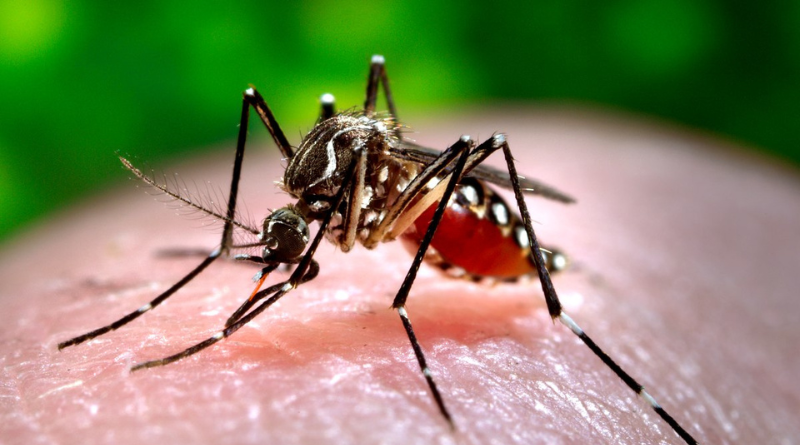
Due to climate change, Dengue fever is expanding into new areas
Climate change not only affects ecosystems but also influences the spread of viruses. Rising temperatures and extreme weather changes create favorable conditions for the spread of viruses, particularly their vectors—mosquitoes and ticks. These changes increase the risk of outbreaks of diseases like Dengue fever.
Dengue fever is a disease caused by a mosquito bite. It has 4 types. The virus is most commonly found in tropical and subtropical regions, including Central and South America. Research conducted by the UK Centre for Ecology and Hydrology (UKCEH) predicts a high risk of fever outbreaks in France, Italy, Spain, and the United Kingdom.
The Cleveland Clinic, considered one of the top medical institutions in the United States, has presented research on the number of Dengue fever cases. According to the study, nearly 400 million people are infected with Dengue each year, with about 80% of them showing no symptoms.
The symptoms of Dengue are usually mild, but the risk of complications increases in the presence of other infections. Dengue can only be transmitted from person to person through mother-to-child transmission.
According to the World Health Organization, as of September, more than 12.7 million cases of Dengue fever have been reported worldwide. This number has nearly doubled compared to the previous year. A part of this record number of cases is attributed to climate change. American researchers link this outbreak of Dengue fever to rapid weather changes such as storms, wildfires, droughts, and floods. Such weather changes pave the way for Dengue fever to reach new areas.
